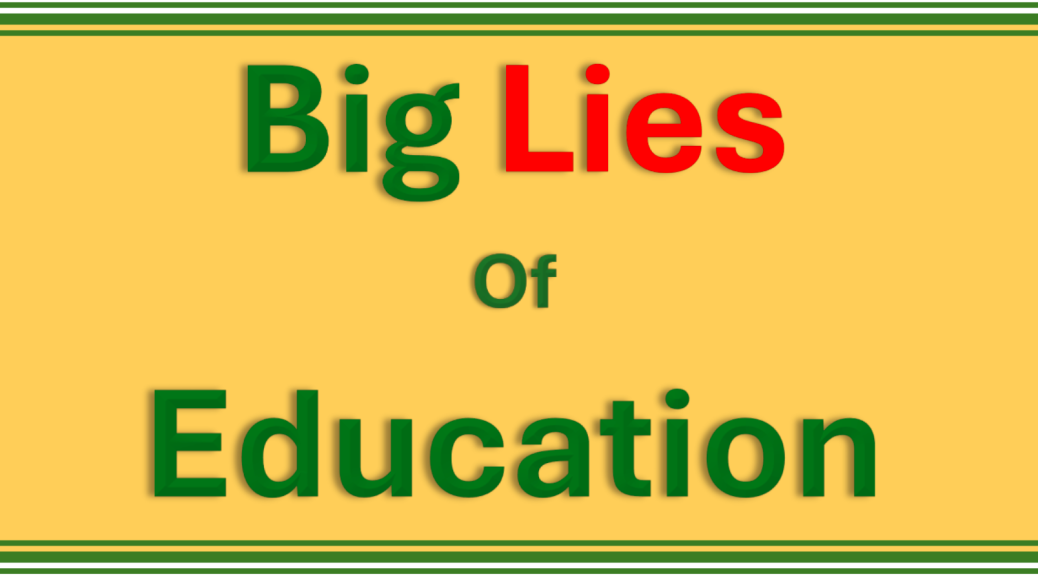The candidacy seemed at the time nothing more than sideshow, perverse reality TV, and then Donald Trump secured the Republican nomination for president, prompting many pundits to note that as a death knoll for the Republican Party.
Yet, Trump was elected president.
During the primaries and throughout his run against Hillary Clinton, Trump proved to be relentlessly dishonest, a liar. However, mainstream media avoided calling a lie “a lie,” including major media outlets directly arguing against such language. President Trump hasn’t budged from overstatement, misleading statements, and outright lies.
Notably, major media publish Trump’s lies as if they are credible, despite fact-checking exposing lie upon lie upon lie.
Early on, many opposing Trump called for media simply to call out the lies. Here is the truly bad news, however.
During my Tuesday role as caregiver for my 2-year-old grandson, I flipped through my cable channels during his nap for a brief reprieve from NickJr. I paused on CNN, even though I loath all of the 24-hour news shows.
What caught my ear was that the newscaster was repeatedly calling Trump our for lies, using the word “lie”—over and over. This, I felt, was a real new normal I had called for, but never expected.
Next, the newscaster replayed a segment from the day before focusing on a fact checker of Trump’s many, many lies. The fact checker noted a truly disturbing fact: Trump’s supporters, he explained, recognize that Trump lies, but doesn’t mind the lies; in fact, Trump’s supporters revel in those lies because, as the fact checker emphasized, this drives liberals crazy.
It is here that I must stress two points: (1) It appears those of us believing that exposing Trump as a liar would somehow derail his presidency were sorely mistaken, and (2) we are now entering a phase of U.S. history in which the long-standing slur of “liberal” is code for taking evidence-based stances, especially if those evidence-based stances swim against the current of American ideology and mythology.
Let me offer a couple example.
In my own public and scholarly work, contexts that prompt responses that discount me as a “liberal” (with false implications that I am a partisan Democrat), I have made repeated and compelling cases against corporal punishment and school-only safety measures.
Neither of these issues is both-sides debates since the research base is overwhelmingly one-sided.
Corporal punishment is not an effective discipline technique, and it creates violent youth and adults. A powerful body research prompted by the school shooting at Columbine and including studies by the Secret Service reject school-only safety measure such as security guards, surveillance cameras, active-shooter drills, and metal detectors, all of which are not deterrents and may even create violence.
Therefore, to embrace evidence-based positions on corporal punishment and school safety is the liberal or progressive (seeking change) stance, while the traditional or conservative (maintaining established practices) positions (ignoring the evidence) cling to corporal punishment and fortifying schools while refusing to address the wider influences of communities and our national mania for guns.
Let’s consider that last point more fully next.
There is an unpopular and upsetting fact driving why school-only safety measures are futile: K-12 and higher education are essentially conservative.
Despite political and popular scapegoating of all formal education as liberal, the evidence of nearly a century reveals that all forms of school more often than not reflect the communities and society they serve. In no real ways, then, do schools meet the former Secretary of Education Arne Duncan’s hollow mantra that education is the great equalizer, some sort of silver bullet for change.
Evidence shows that at different levels of educational attainment, significant gaps persist among racial categories and those gaps are even more pronounced once race and gender are included (see p. 34).
In the 1930s, a golden era for idealism about communism and socialism in the U.S. after the stock market crash, major educational thinkers such as John Dewey (a socialist) and George Counts championed the potential for progressive education (Dewey) to shape U.S. democracy, and then for social reconstruction (Counts) to reshape the nation, as Counts detailed in his Dare the School Build a New Social Order? (1932).
As an early critical voice, Counts spoke to the educational goals that appealed to me as I eventually found critical pedagogy in my doctoral program and doubled down on my early commitment to be the sort of educator who fostered change with and through my students.
Yet, here I sit in 2018, 86 years after Counts’s manifesto. And the U.S. is being led by a pathological liar supported by more and more people who directly say they don’t care about lies or evidence because it makes liberal mad.
This is the pettiness our country has wrought, despite more people today being formally educated than at any time in U.S. history.
My 35 years and counting as an educator, part as a high school teacher and now in higher education, have been a disappointing lesson that answers Counts’s titular question with a resounding “no.”
I shared with my foundations education class the proofs of a chapter I have prepared for a volume now in-press, Contending with Gun Violence in the English Language Classroom. I then briefly reviewed the evidence against in-school safety measures, prompting a student to ask what, then, should we do in schools.
Address our larger gun culture and violent communities, I explained, reminding the class that I have stressed again and again that they need to understand at least one essential lesson from our course: Schools mostly reflect communities and society, but they simply do very little to change anything.
I don’t like this message, but it is evidence-based, and I suppose, a liberal claim.
For many years, I have quickly refuted those who assume I am a partisan Democrat (I am not, never have been). I also have rejected labels of “liberal” and “progressive” for “critical” and “radical.”
But I feel the time is ripe for re-appropriating “liberal” when it is hurled as a slur.
In Trumplandia, to be fact-free is to be conservative, traditional, and to acknowledge evidence is to be liberal, progressive.
This is what the evidence reveals to those of us willing to see. Everything else is a lie.
There’s both sides for those who want it.
Recommended
College campuses are far from radical










